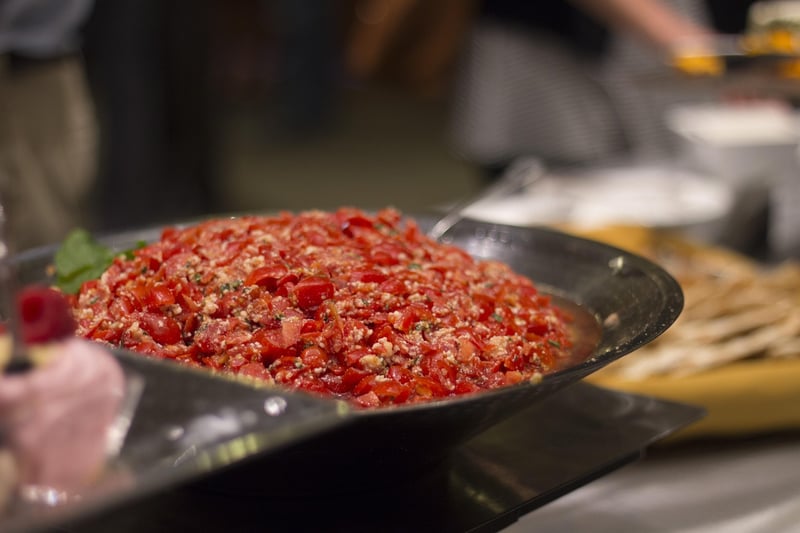Salsa
The Art of Expressive Movement in Salsa Dancing

Salsa dancing is not just about following the steps; it's about embodying the music through expressive movement. The art of salsa lies in the connection between the dancers, the music, and the passion that drives the rhythm.
Expressing Emotions through Movement
When dancing Salsa, it's essential to let go of inhibitions and allow your body to express the emotions evoked by the music. Whether it's the fiery tempo of a fast-paced song or the sensuality of a slow bolero, each step should resonate with the feelings the music ignites within you.
Body Isolation and Musicality
Body isolation is a key technique in salsa dancing that allows dancers to move different parts of their body independently. By mastering body isolations, dancers can interpret the music more effectively, matching each beat with a specific movement to enhance musicality.
Connection and Partnership
In Salsa, the connection between dance partners is crucial. Through a strong connection, partners can communicate and synchronize their movements, creating a seamless and harmonious dance. Leading and following become a conversation through movement, with each partner responding to the other's cues.
Adding Flair with Styling
Styling is where dancers can truly showcase their individuality and add flair to their salsa dancing. Whether it's a flick of the wrist, a body roll, or a sharp turn, styling enhances the overall performance and adds a personal touch to the dance.
Conclusion
Salsa dancing goes beyond just steps and routines; it's a form of artistic expression that allows dancers to connect with the music and their partners on a deeper level. By mastering body isolation, musicality, connection, and styling, dancers can elevate their salsa dancing to a whole new level of expressive movement.
So next time you hit the dance floor for a salsa session, remember to let the music guide your movements and express your emotions through the art of salsa dancing!
